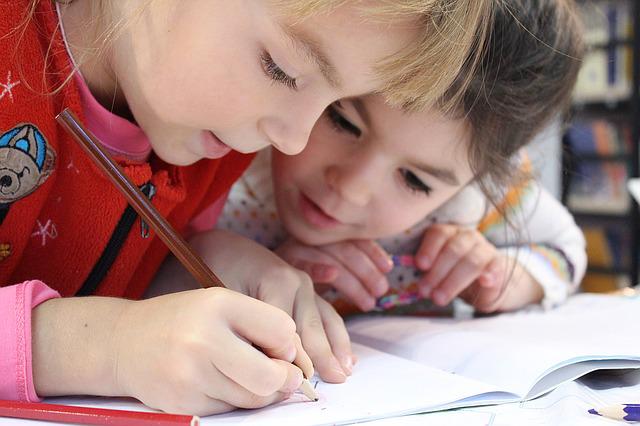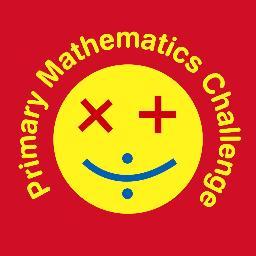
Teaching Children Mathematics
Teaching children mathematics can be challenging, but it’s also an essential part of preparing them for the future. In addition, it’s a fun and rewarding skill that can help them learn more about the world around them.
Teaching Children Mathematics Can Be Fun and Rewarding
When your kids have a question about math, don’t hesitate to direct their curiosity to teachers or online math educators on social media. That’s how they can truly explore their math potential without feeling limited by standards and tests.
Counting
Children learn to count through repeated counting experiences in a variety of meaningful ways. They learn that they can count objects up to five in sequence, and can also count on and backwards from any number they choose.
They are also able to count sets of different sizes, developing their understanding that the number of items in a set remains the same unless some of them are taken out.
They are able to connect their counting skills with other mathematical abilities such as patterning, part-whole relationships, place value, composition and decomposition, equivalence, operations, and magnitude. They learn to recognise and write numerals as they progress through primary and secondary school.
Addition – Teaching Children Mathematics
Addition is one of the most fundamental and challenging skills for children to learn. They need to be taught this operation in a way that is both fun and engaging.
Once a child has mastered the basic concepts of number and counting, they can begin learning addition facts. Start at a pace that feels comfortable for your student and work slowly to master the facts.
Before learning the addition facts, kids need to understand place value and how digits represent different values. This can be achieved by using a place value chart or visualizing the numbers on a number line.
Subtraction
Subtraction is an important part of learning mathematics, but it’s also a tricky subject. It’s best to start low and go slow, so children can master the facts without having to put in too much effort.
When kids are first introduced to subtraction, it can be helpful to use practical manipulatives like toys or drawings to make them visualize the operation. Counting and memorizing subtraction facts is hard work, so using objects instead can help students to practice the concept without feeling overwhelmed.
Once children are familiar with this concept, they can move onto more complex problems. Visualizing methods early on can help them develop their maths confidence and flexibility, so they’re ready to tackle the various sums and subtractions that they’ll face in school.
Children Maths – Multiplication
Multiplication is one of the most important maths skills that children need to learn in primary school. It sets the foundations for many advanced mathematical concepts like algebra and calculus.
Thankfully, there are several easy and fun ways to teach multiplication to young students. They will have a much easier time memorizing the facts and will be able to apply them in their everyday lives.
Start with repeated addition – this is the most basic concept students need to grasp before learning to multiply. It is also commutative, which means that the order of numbers doesn’t matter.
Division
Learning division is one of the most basic skills in math. Children learn the division process by dividing a number, fraction or decimal into equal groups and then subtracting the remainder from the original amount.
Teaching division involves a gradual process that is more effective when it is fun and engaging. Moreover, it is important to have a strong foundation before students tackle the more complex division problems.
To teach kids the concept of division, use real-life scenarios that they can relate to. For example, you could ask your child to divide a large quantity of food among his friends or divide a birthday cake into equal groups of guests.
Geometry
Geometry is a branch of mathematics that deals with shape, size, and spatial reasoning. It was popularized by the ancient mathematician Euclid, who authored “The Elements.”
While geometry can feel daunting for children and their parents, it’s also a fun topic to teach. When kids learn about shape and location, they’re developing important skills for logical thinking, deductive reasoning, and problem-solving in the future.
Although it is not a separate subject area in the Primary curriculum, Geometry can be found woven throughout the other areas (especially Sensorial and Practical Life). It’s important to provide purposeful opportunities for geometry learning that will build your students’ understanding and knowledge of this foundational topic.
Measurement – Child Mathematics
Children learn measurement through the process of comparing things. They start by learning to identify and describe the measurements of weight, height, and length, then moving on to measuring capacity (how much something can hold).
Measurement is a critical part of all areas of mathematics, from science and engineering to design and assembly. It is also central to many workplaces and activities, as highlighted by the Janus-head nature of measurement in work situations where it can be regarded as part of science rather than mathematics, or as a technical discipline rather than a mathematical one.
